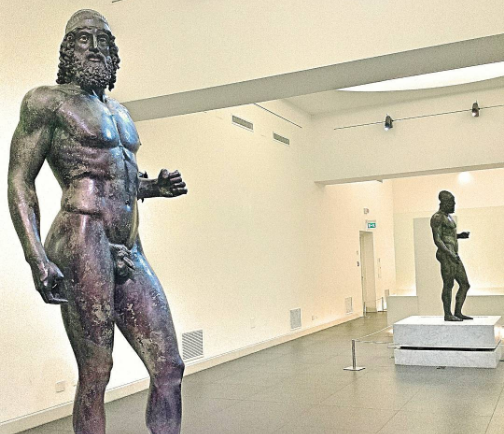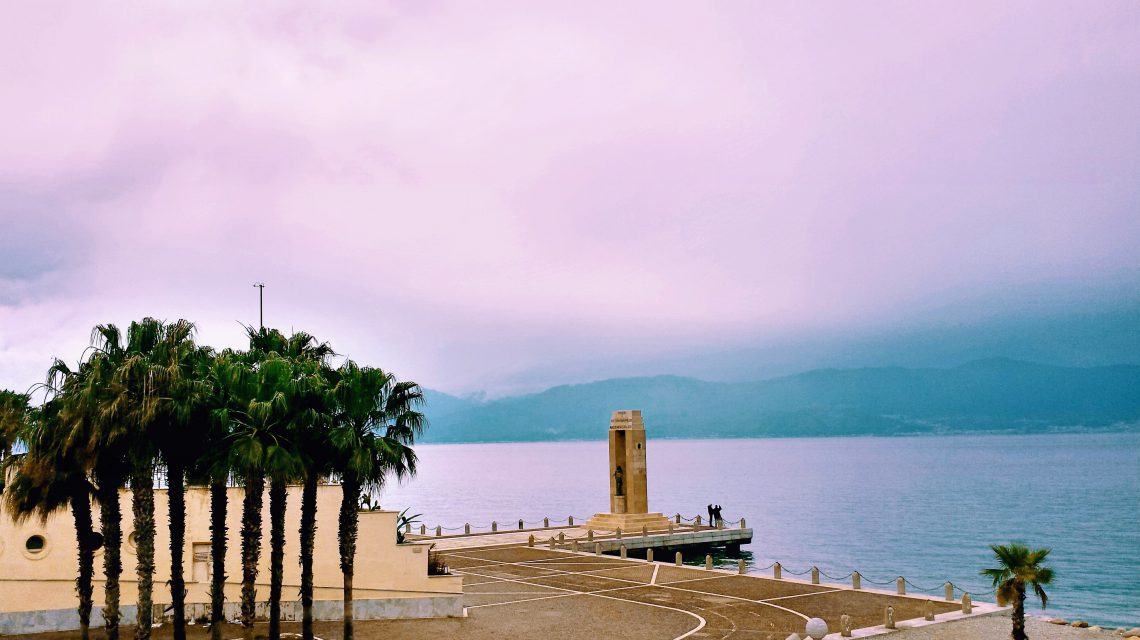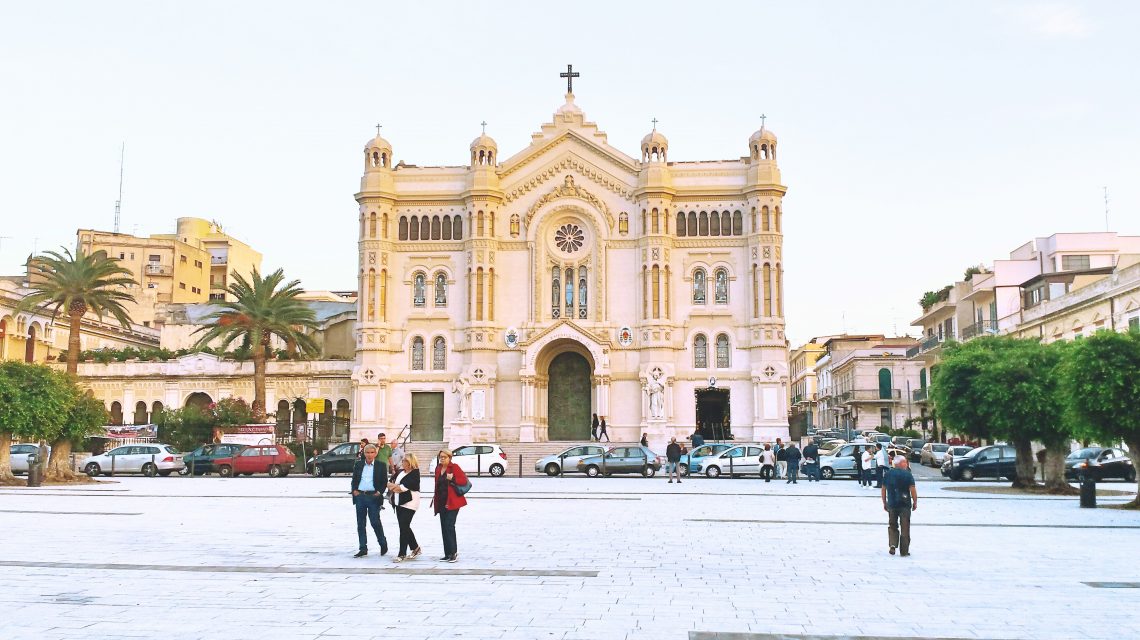The city of Reggio Calabria, the provincial capital, together with Naples and Taranto, is home to one of the most important archaeological museums dedicated to Magna Graecia (where the famous Riace Bronzes are kept, rare testimony of the Greek bronze sculpture, which became symbols of the city), of two young universities (the “Mediterranea” and the “Dante Alighieri”) and of the Regional Council of Calabria.
It is the first city in the region for antiquity and despite its ancient foundation – Ρηγιον was an important and flourishing magnegeca colony – it has a modern urban structure, effect of the catastrophic earthquake that destroyed a large part of the town on 28 December 1908.
Its urban system, forced by the Strait of Messina and crowned behind by the last offshoots of the Apennines, is one of the main economic and regional service centers but also one of the highest concentrations of transport nodes and equipment and the natural logistics structure of the Region towards the southern coasts of the Mediterranean.
The historic center, consisting mainly of Art Nouveau buildings, has a linear development along the Calabrian coast of the strait with streets parallel to the promenade dotted with magnolias, palm trees and rare or exotic plants.
National Archaeological Museum of Reggio Calabria
The Archaeological Museum of Reggio Calabria or the National Museum of Magna Graecia is a historic and important institution for the preservation of Italian culture, in possession of one of the most remarkable collections of finds from Magna Graecia.
Initially formed by a nucleus of material ceded by the city’s civic museum, built in the nineteenth century, the National Archaeological Museum of Magna Graecia grew with the many finds, the result of various excavation campaigns conducted to date by the archaeological Superintendence of Calabria.
Today the new Calabrian finds are no longer gathered and kept in a unique museum, but are exposed in those archaeological sites in which new findings have allowed to set up small local museums (Crotone, Locri, Roccelletta di Borgia, Sibari, Vibo Valentia, Lamezia Terme) that today flank the Reggio museum.
Inside the Museum of Reggio Calabria are the very famous Riace Bronzes. The two statues, found on August 16, 1972 near Riace, in the province of Reggio Calabria, are considered among the most significant sculptural masterpieces of Greek art, and among the direct testimonies of the great master sculptors of the classical age.
The hypotheses on the origin and on the authors of the statues are different, but there are still no elements that allow to attribute with certainty the works to a specific sculptor. The Bronzes are located in the National Museum of Magna Graecia of Reggio Calabria and have become one of the symbols of the city itself.

Seafront Italo Falcomatà
It is one of the most famous streets of Reggio Calabria. It is dedicated to the mayor Italo Falcomatà, protagonist and inspirer of the “Primavera di Reggio”.
By far more extended than one kilometer (about 1.7 km from Piazza Indipendenza to Piazza Garibaldi), the waterfront of the historic center of Reggio occupies the coastal area between the port and the fortino a Mare (the ancient Castelnuovo in near Punta Calamizzi).
It consists of the four waterfront Falcomatà, Matteotti seafront, Corso Vittorio Emanuele III and Viale Genoese Zerbi, but the whole area is generally identified as Via Marina.
The promenade of Reggio is often called “the most beautiful kilometer of Italy”, perhaps also because of the mirage of the Fata Morgana, an interesting optical phenomenon visible only from the Calabrian coast, from which the myth originates, thanks to which it is possible to see the close images of Sicily reflected and from the sea.

Aragonese Castle
The Aragonese castle of Reggio Calabria is the main fortification of the city, located in the homonymous Piazza Castello between Via Aschenez and Via Possidonea.
Together with the Riace Bronzes, it is considered one of the main historical symbols of the city of Reggio. Since 1956 it houses the observatory of the National Institute of Geophysics.






